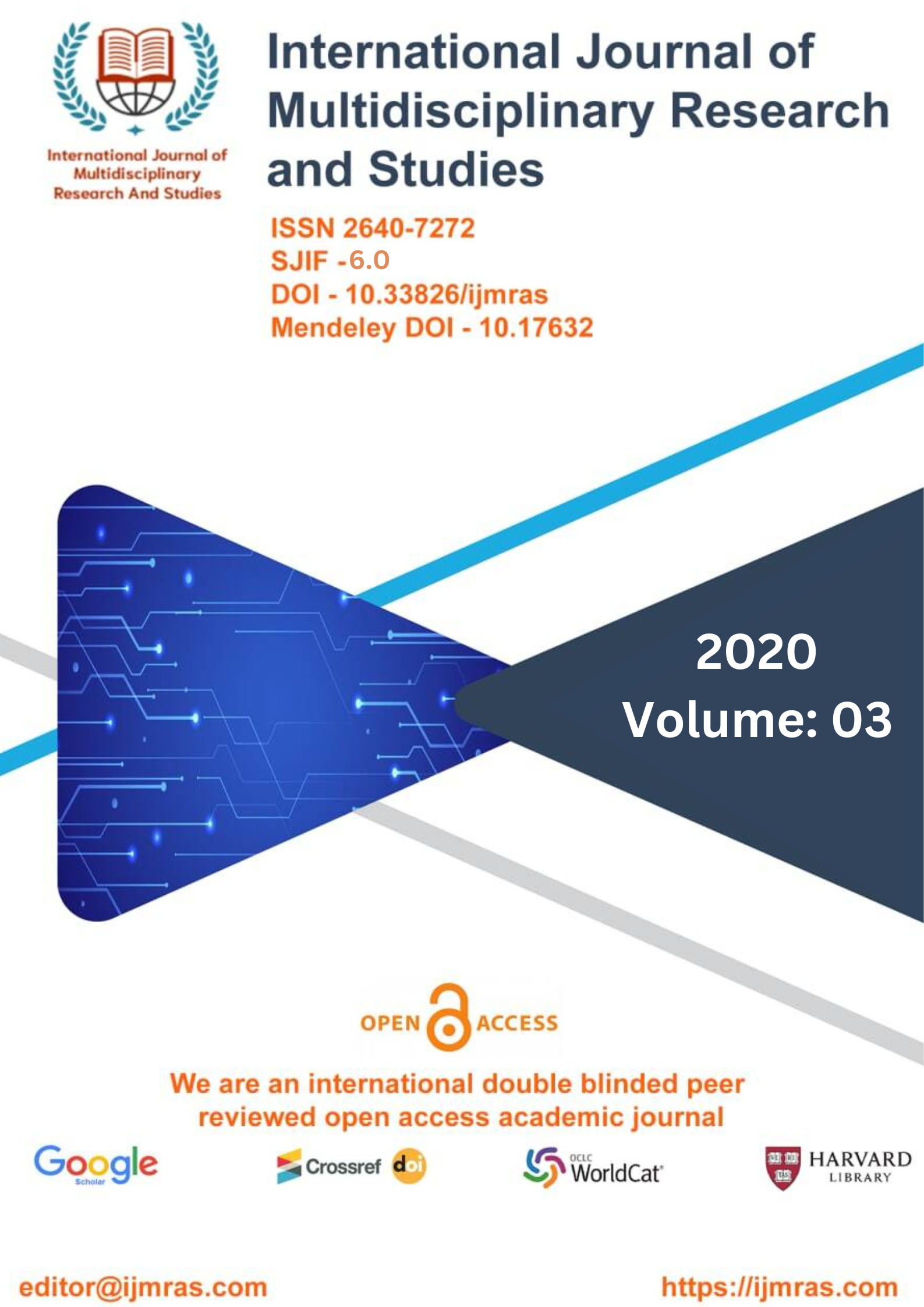GENERAL CHARACTERISTICS OF THE CLASSES POLYPLACOPHORA AND MONOPLACOPHORA

Abstract
The classes Polyplacophora and Monoplacophora are two groups of marine mollusks with distinct characteristics. Polyplacophora, commonly known as chitons, have a dorsal shell made up of eight separate, overlapping plates, while Monoplacophora, also known as "single-plated" mollusks, have a single, cap-shaped shell. Both classes have bilateral symmetry, a muscular foot used for locomotion, and a radula for feeding. This paper provides an overview of the general characteristics of Polyplacophora and Monoplacophora, including their morphology, ecology, and phylogeny. Polyplacophora and Monoplacophora are two classes of mollusks that are not as well-known as their counterparts such as gastropods and bivalves. This paper aims to provide a comprehensive overview of the general characteristics of Polyplacophora and Monoplacophora, including their morphology, ecology, and evolutionary history. Specifically, the paper will discuss the structure and function of the shells, radula, and nervous system, as well as the ecology and distribution of these classes. Furthermore, we will explore the evolutionary relationships of Polyplacophora and Monoplacophora with other mollusk classes.
Keywords
history, functionHow to Cite
References
Ponder, W. F., & Lindberg, D. R. (2008). Phylogeny and Evolution of the Mollusca. University of California Press.
Sigwart, J. D. (2018). Monoplacophora. Current Biology, 28(5), R197-R198.
Taylor, J. D., & Smith, A. B. (2012). Molluscs in Time and Space: Conservation, Biogeography, and Evolution. Cambridge University Press.
Vendrasco, M. J., Kouchinsky, A. V., &Runnegar, B. (2014). Phylogeny and convergence in the evolution of monoplacophoran mollusks. Palaeontology, 57(4), 877-892.
Wägele, H., & Willan, R. C. (2000). Phylogeny of the Mollusca: relationships among major taxa. In The Evolutionary Biology of the Bivalvia (pp. 33-69). Geological Society of London.
Winston, J. E. (2018). Chitons. The Ecology of Marine Invertebrate Larvae, 161-170.
Wanninger, A., Haszprunar, G., &Purschke, G. (2019). On the fine structure of the ventral nerve centre and the pedal nerve ring in Polyplacophora (Mollusca). Journal of morphology, 280(2), 223-238.
Okusu, A., & Kristof, A. (2015). The early development of the chiton Acanthochitonazelandica (Mollusca: Polyplacophora) and its phylogenetic implications. Frontiers in Zoology, 12(1), 19.
Kano, Y., & Kimura, S. (2019). Monoplacophora. Handbook of Zoology Online, 1-29.
Giribet, G., Okusu, A., & Lindberg, D. R. (2006). Life history of a deep-sea monoplacophoran mollusk Laevipilinahyalina (Gastropoda: Monoplacophora) from the Northeastern Pacific. Marine Biology, 148(2), 341-354.
Runnegar, B., &Pojeta Jr, J. (1974). The Monoplacophora: a new subclass. Science, 186(4162), 431-443.
Signorelli, J. H. (2004). The chiton Enoplochitonniger (Mollusca: Polyplacophora): a case study for intertidal zone monitoring in Mar del Plata (Argentina). Scientia Marina, 68(S1), 167-175.
Scheltema, A. H., & Ivanov, D. L. (2002). A new species of Neopilina (Mollusca: Monoplacophora) from hydrothermal vents on the Mid-Atlantic Ridge. Proceedings of the Biological Society of Washington, 115(4), 873-888.
Yochelson, E. L. (1971). The evolutionary significance of the Monoplacophora. Lethaia, 4(4), 397-403.
Haszprunar, G. (1996). Monoplacophora–the most ancient extant molluscan class. Journal of Zoology, 240(3), 549-570.
Smith, S. A., Wilson, N. G., Goetz, F. E., Feehery, C., Andrade, S. C. S., Rouse, G. W., ... &Giribet, G. (2011). Resolving the evolutionary relationships of molluscs with phylogenomic tools. Nature, 480(7377), 364-367.
Nielsen, C. (2012). Animal Evolution: Interrelationships of the Living Phyla. Oxford University Press.
Rouse, G. W., & Jermyn, M. A. (2019). Polysaccharides in chiton shells. Chitin and Chitosan: Properties and Applications in Biology and Medicine, 43-57.
License
Copyright (c) 2020 PRIYANKA

This work is licensed under a Creative Commons Attribution 4.0 International License.
Individual articles are published Open Access under the Creative Commons Licence: CC-BY 4.0.



